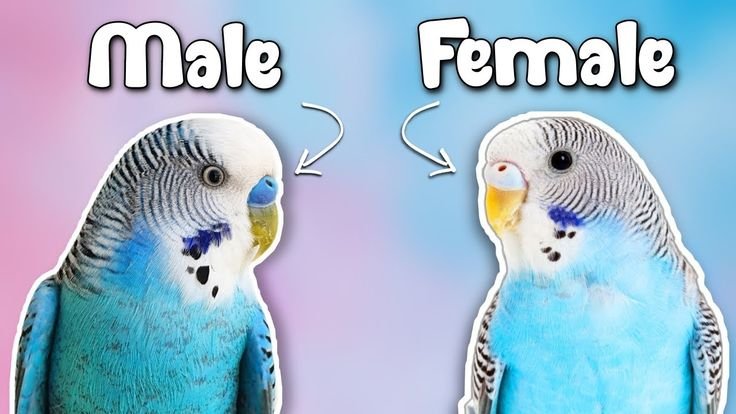
Think of it this way: just like how everyone has their unique features, so do budgies! Their differences lie in the color of their cere (that’s the fleshy area above their beaks) as well as their behavior. Let’s dig into the details so you can confidently identify whether you have a male or female budgie on your hands.
Understanding Budgie Basics
Before diving into the specifics of gender differences, it’s essential to know a bit about budgies themselves. Budgies, also known as parakeets, are small, social birds native to Australia. They’re popular pets because they’re friendly, relatively easy to care for, and come in various stunning colors and patterns. Their cheerful chirps can brighten up any room, and their playful personalities make them fun companions.
What makes budgies even more fascinating is their sexual dimorphism. This term means that males and females exhibit different physical characteristics. It’s not just about looks, though— their behavior can also be quite distinct. By understanding these traits, you can better appreciate your feathered friend’s needs and personality.
Color Differences in the Cere
One of the most telling ways to distinguish male from female budgies is by looking at their cere. The cere is the fleshy, colored part above the beak that covers their nostrils. In adult budgies, this feature becomes a clear giveaway.
– Males: Generally, male budgies have a bright blue cere, especially during breeding season. If the budgie is a young male, his cere might start off pale and gradually deepen to blue as he matures.
– Females: Female budgies usually have a brown or beige cere, especially when they are ready to breed. This coloring can also give hints about their hormonal status.
So, if you see a vibrant blue cere, it’s safe to say you’ve got a boy on your hands. Conversely, if the cere is more neutral or brown, it’s likely a girl!
Age Matters: Baby Budgies
If you’re dealing with younger budgies, things can get a bit more complicated. Baby budgies, typically under six months old, don’t have their adult cere colors developed yet. Instead, they often display a light blue or pinkish hue.
Here’s what you should keep in mind:
– Juvenile Males: In male baby budgies, the cere will remain bluish but lighter than that of adults.
– Juvenile Females: Female baby budgies tend to have a pale or slightly pinkish cere.
Since it can be hard to tell such young budgies apart, many owners decide to wait until their birds are around six months old to make a gender determination.
Behavioral Traits: Boys vs. Girls
Beyond physical traits, male and female budgies also showcase different behaviors that can help you identify them.
– Males: Male budgies are usually more vocal and tend to sing more. They often enjoy whistling and will even mimic sounds or phrases. Their social nature means they might enjoy playing with you, especially if you actively engage them.
– Females: Female budgies may be a bit quieter and more reserved. While they can chirp and chat, they often don’t sing as much as their male counterparts. You might notice that females are more likely to be aloof or less interested in interaction when compared to males.
So, if your budgie is always ready to serenade you or is the life of the party, it might just be a male!
Physical Size and Shape
Another subtle clue can be found in the size and shape of the budgies. Generally speaking, male budgies tend to be slightly larger and have broader heads than females. While this difference may not be as pronounced, it can help if you’re attempting to differentiate between two similar-looking birds.
– Males typically have: Larger heads and a more pronounced body structure.
– Females usually have: Smaller heads that are more rounded.
It’s not a foolproof method, but if you have a pair of budgies, this detail could help you confirm their gender.
Color Variations and Mutations
It’s essential to note that budgies come in all sorts of colors and patterns due to breeding variations. This can complicate identifying their gender.
For example:
– Albino Budgies: They appear completely white with red eyes, and you’ll need to rely on cere color for identification.
– Dark Green or Blue Budgies: These colors can confuse new owners. Always check the cere color and the age of your bird for clues.
Understanding common mutations and their traits can be helpful in your quest to differentiate between male and female budgies.
Identifying whether you have a male or female budgie doesn’t have to be a daunting task. By paying attention to the color of their cere, observing their behavior, and considering their age and size, you can confidently know which gender is flapping around your home. It’s like piecing together a puzzle—the more you learn, the clearer the picture becomes.
Ultimately, whether you have a chirpy male or a quiet female, the most important thing is to provide love and care for your feathered friend. Knowing their gender can help you understand their specific needs better. Now, go ahead and enjoy your time with your budgie buddy—you’ll get to know them, gender aside, and their personality will shine through!

